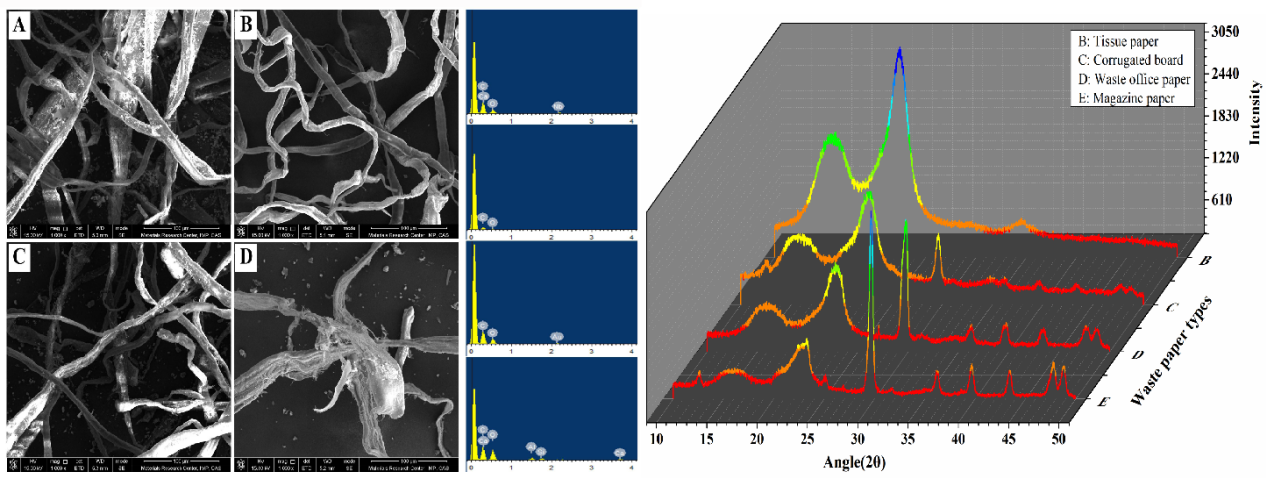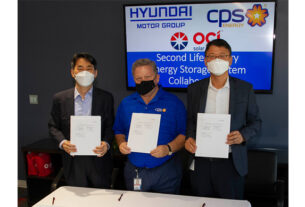China– Researchers from the Chinese Academy of Sciences’ Institute of Modern Physics (IMP) have discovered that waste paper could be efficiently used for enzyme production by Trichoderma longiflorum.
Except for amylase and protease, cellulase is widely utilized in biofuel, food, papermaking, textile washing, medication, animal feed, and agricultural waste treatment. However, the high cost of enzyme synthesis remains a key barrier to any further industrial usage.
Application potential
Waste paper, one of the recyclable waste materials, has a significant application potential due to its high cellulose content, low cost, and abundance. Thus, producing cellulase and xylanase from waste paper not only lowers the cost of enzyme manufacturing, but also maximizes the utilization of waste paper resources.
In the experiment, researchers at IMP used waste office paper, corrugated board, magazine paper and tissue paper for enzyme production by T.longiflorum LC-M4, a mutant generated by heavy ion irradiation. Researchers discovered that cellulose is the predominant component in different waste papers, and fillers such as calcium carbonate can offer nutrient elements for microbial growth and enzyme synthesis by investigating the structural characteristics of waste paper.
Carbon sources
Researchers discovered that combining waste office paper and corrugated board resulted in the highest filter paper activity. Furthermore, corrugated board substrates had the highest -glucosidase and xylanase activity.
Furthermore, researchers employed corrugated board as a combined carbon source with wheat bran to boost enzyme activity even further. Higher -glucosidase activity were achieved, which were raised by 56.86% when compared to corrugated board as the sole carbon source. The findings revealed that corrugated board and wheat bran had a high potential for use as carbon sources for enzyme production.
The study’s findings indicated the feasibility of using waste paper as an inductive carbon source for enzyme manufacturing, which is beneficial to both the economy and the environment.




